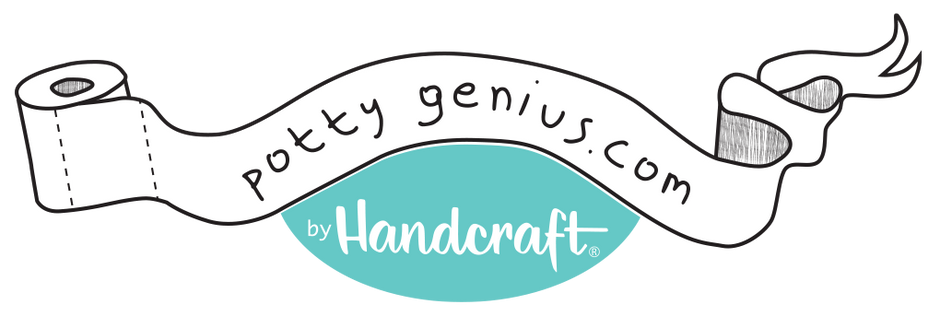5 Common Toilet Training Problems
You may experience challenges and setbacks when toilet training your toddler. Do not blame yourself for the setbacks that occur. They have nothing to do with your parenting style. Stool toileting refusal, withholding stool, hiding when having a bowel movement, encopresis, or soiling and nighttime wetness are common challenges that most parents face during toilet training.
You may experience toilet training problems with your toddler. Do not blame yourself for the setbacks that occur. They have nothing to do with your parenting style. Stool toileting refusal, withholding stool, hiding when having a bowel movement, encopresis, or soiling and nighttime wetness are common challenges that most parents face during toilet training.
Toilet Training Problem #1: Stool Toileting Refusal
An occasional refusal should not be viewed as a toilet training problem. When should you become concerned about a refusal?
Toileting refusal is a cause for concern only once a toilet-trained child refuses to use the toilet for a month. A child who refuses stool toileting may be constipated and experience pain during bowel movements. Simple changes in your child’s diet, like adding fiber, can reduce constipation. The following signs could indicate that your toddler has constipation:
- Less than two bowel movements a week
- One episode of stool soiling a week
- Pain or difficulty when moving the bowels
- Larger than normal stools
- Blood on the surface of hard stool
- Deliberate withholding of stool
- Actions to prevent bowel movements
Toilet Training Problem #2: Encopresis
Chronic constipation leads to encopresis or soiling.
Encopresis usually starts after toilet training is complete and the child is older than four years. The appearance of the stool and your child’s bowel habits will let you know if they have encopresis. Large stool that almost clogs the toilet or small, hard stool are both indicators of encopresis. Your child’s bowel habits will change as a result. A child with encopresis might have less frequent bowel movements or avoid bowel movements altogether. Soiling occurs when the colon is full with stool that escapes, and sometimes a child with a full colon may lose bowel control and have an accident.
Toilet Training Problem #3: Withholding Stool
A common toilet training problem is a when a child starts withholding stool after they had a painful or scary experience moving their bowels. How do you know your child is deliberately withholding stool? Some children avoid toileting by crossing their legs to prevent bowel movements. A child may have an enlarged abdomen, an increase in passing gas, or get full quickly after eating. You should consider returning to diapers if this happens, as withholding stool can lead to
constipation in children. Returning to diapers may prevent the problem from getting worse. A higher-fiber diet with fluids and normal physical activity are recommended by
medical experts to treat constipation. Encourage your child to eat fruits and vegetables and drink fluids, but do not give your child excessive amounts of milk and fruit juices. Too much cow’s milk can also cause constipation and make the situation worse.
Toilet Training Problem #4: Hiding
According to the
American Family Physician, children with toilet training problems like constipation, stool toileting refusal, and withholding stool have the tendency to hide. Your child may be hiding because of fear or shame. The pain from passing hard stool can be frightening for a child. Others may hide in a corner because they think stool toileting should be a private action. You can help your child to recognize bowel movements as normal. Pictures, games, and stories about stool toileting are great tools to encourage children and ease their fears.
Toilet Training Problem #5: Nighttime Wetness
Your child may complete daytime toilet training and become wet in the nighttime. This should not be a problem unless the child was dry at night in the past. Bedwetting at night occurs because your child does not realize the need to use the toilet when sleeping. Natural factors like a small bladder and relaxed muscles during sleep make it difficult for a child to stay dry at night. You can avoid nighttime wetness by reducing your child’s fluids in the evenings. Avoid giving your child caffeine at night and let the child use the toilet just before bedtime. Toilet training problems like stool toileting refusal, withholding stool, hiding, encopresis, and nighttime wetness are all natural occurrences during toilet training. These challenges and setbacks may develop because of constipation or emotions like fear and shame from toileting. If you have any concerns about toilet training problems, you should
call your pediatrician to discuss these concerns.
Additional Potty Training Resources:
Potty Training Problems and Solutions: An Evidence-Based Guide How to Deal With Your Toddler's Stool Toileting Refusal

